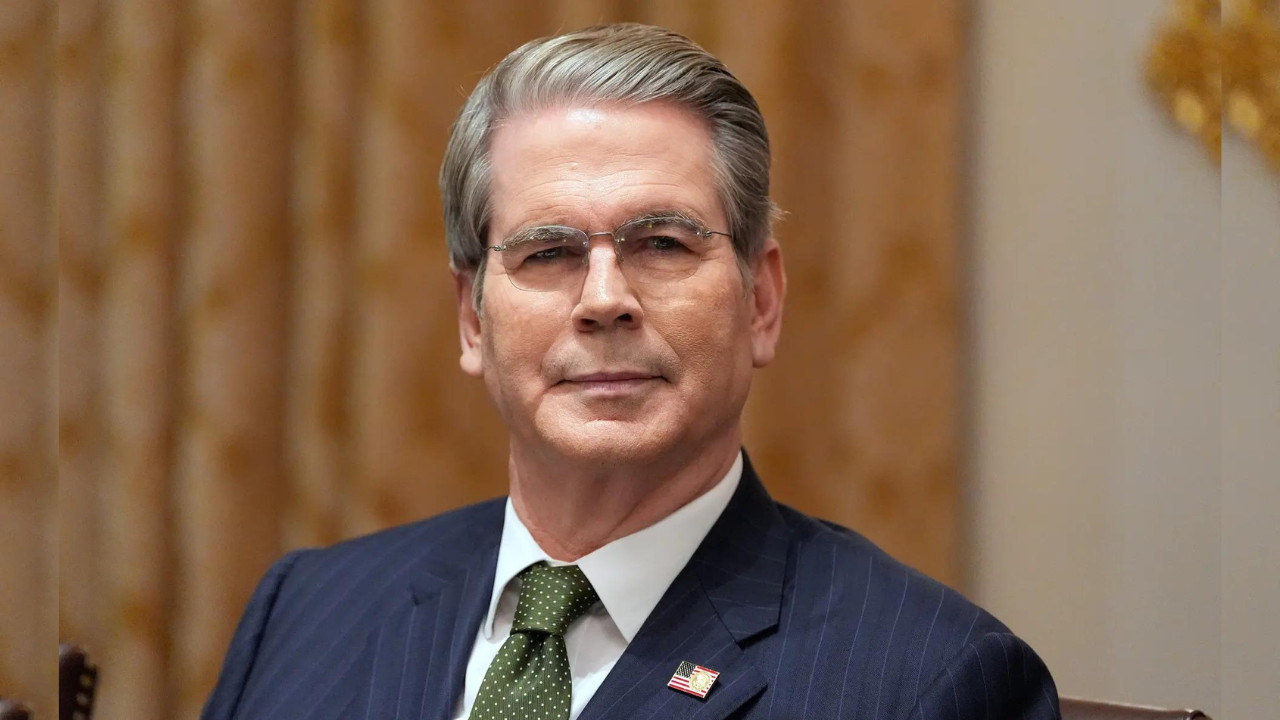Equity markets are poised to react to the US Federal Reserve’s policy meeting this week, with expectations high for an interest rate cut. Wholesale price inflation data and developments in US-India trade relations will also significantly influence market trends. Analysts anticipate that foreign institutional investor flows, rupee-dollar movement, and crude oil prices will further guide market direction.
Riding the Economic Waves: What’s Shaping the Markets Now
The markets never sleep, do they? Just when you think you’ve got a handle on things, a new wave of factors comes crashing in, demanding your attention. This week promises to be another rollercoaster, influenced by everything from the Federal Reserve’s decisions to crucial trade talks between the US and India. Let’s dive into the undercurrents and see what’s likely to steer market sentiment.
The Fed’s Next Move and Its Ripple Effect
All eyes are glued to the Federal Reserve. Their policy decisions are the big kahuna, influencing global financial tides. Will they hold steady, raise rates again, or perhaps even hint at a more dovish stance? The answer will directly impact borrowing costs, inflation expectations, and ultimately, corporate earnings.
A more aggressive Fed, hinting at further rate hikes, could send shivers down the spines of investors, potentially triggering a market correction. Conversely, a more cautious approach, suggesting a pause in rate hikes, might inject a fresh dose of optimism, fueling a rally. The market’s reaction will depend heavily on the Fed’s communication and the perceived trajectory of inflation. Savvy investors are bracing for any scenario, ready to adjust their sails accordingly.

US-India Trade Talks: A Balancing Act
Beyond the Fed’s pronouncements, high-stakes trade negotiations between the United States and India are also looming large. These talks are pivotal for both nations, with the potential to reshape bilateral trade flows and investment patterns. Key areas of discussion likely involve tariffs, market access, and intellectual property rights.
A successful resolution, leading to reduced trade barriers and increased cooperation, could be a significant boon for both economies. Indian companies, particularly in sectors like technology and pharmaceuticals, could gain enhanced access to the lucrative US market. Similarly, American businesses could benefit from increased opportunities in India’s rapidly growing consumer market. However, any signs of friction or deadlock in the negotiations could dampen investor enthusiasm.
Inflation: Still the Uninvited Guest
Inflation remains the unwanted guest at the economic party, and everyone’s watching to see if it will finally leave. Recent inflation data, both in the US and India, will be under intense scrutiny. Any signs of persistent inflationary pressures could prompt central banks to maintain their hawkish stance, keeping interest rates elevated.
While inflation has cooled somewhat from its peak, it remains above target in many major economies. This sticky inflation is a cause for concern, as it erodes purchasing power and can hinder economic growth. Central banks are walking a tightrope, trying to tame inflation without triggering a recession. The path ahead is fraught with uncertainty, and navigating this inflationary environment requires careful monitoring and strategic decision-making. Learn more about [previous market trends](internal-link-to-related-article).
Foreign Institutional Investor (FII) Flows: A Litmus Test
The movement of foreign capital is another crucial indicator to watch. Foreign Institutional Investor (FII) flows can act as a litmus test of investor sentiment towards a particular market. Inflows typically signal confidence in the economy’s prospects, while outflows can indicate rising concerns.
Factors influencing FII flows include interest rate differentials, economic growth prospects, and geopolitical risks. Emerging markets like India are particularly sensitive to FII flows, as they can have a significant impact on stock prices and currency valuations. A sustained period of FII inflows can provide a strong boost to the market, while outflows can trigger volatility.
Navigating the Week Ahead: A Call for Vigilance
This week promises to be a pivotal one for the markets, shaped by a confluence of factors. From the Federal Reserve’s policy decisions to US-India trade talks and inflationary pressures, investors need to stay informed and agile. Monitoring FII flows will provide further clues about the overall health and direction of the market. Buckle up; it’s going to be an interesting ride! The market forecast is complex but staying informed is key.
The interplay of these factors creates a dynamic and often unpredictable environment. Success will hinge on careful analysis, strategic planning, and a healthy dose of adaptability.







